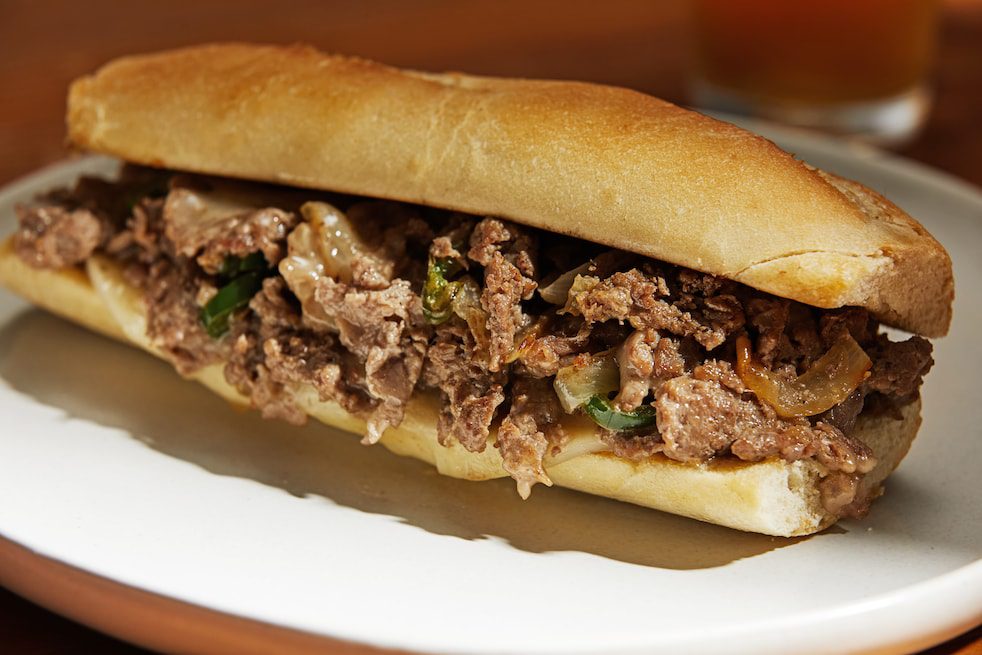This article compares and contrasts French and Italian bread in terms of their history, ingredients, flavor, and usage. French bread or ‘baguette’ was created in the early 20th century to solve the problem of bread waste, while Italian bread has a longer history and is an essential part of Italian cuisine. French bread has a nutty flavor with a crispy crust and is versatile, while Italian bread has a slightly sweeter, sourdough taste and is perfect for traditional dishes such as panini and pizza. Both types of bread are delicious and serve a unique purpose in the culinary world.
French vs. Italian Bread: The Ultimate Battle of the Carbs
Bread is a staple food in the diets of many cultures around the world. It comes in different shapes, sizes, and textures, and each type of bread has its unique flavor and purpose. Among the most famous types of bread are the French and Italian loaves. Both of these breads are famous for their crusty exterior, soft interior, and their distinctive flavor. In this article, we will compare and contrast French and Italian bread in terms of their history, ingredients, flavor, and usage.
History
French bread or ‘baguette’ originated in the early 20th century in France. It was said to have been created to solve the problem of bread waste. The ‘baguette’ or ‘little stick’ loaf was made long and thin to reduce the amount of unused dough that resulted from the cutting process. The baguette quickly became a cultural symbol of France and remains one of the most popular types of bread in the world today.
Italian bread, on the other hand, has a much longer history. The ancient Romans had a type of bread called ‘panis militaris,’ which was made with flour, water, and salt. Over time, Italian bread evolved to become what we know today as ‘ciabatta’ or ‘focaccia’ bread. Italian bread is an essential part of Italian cuisine, and it is used in many traditional dishes such as panini, bruschetta, and pizza.
Ingredients
French bread is made with flour, water, yeast, and salt. The dough is fermented for a short period, usually two to three hours, before being shaped into a long, thin loaf. The crust is crisp and brown, and the inside is soft and chewy.
Italian bread is made with flour, water, yeast, and salt, just like French bread. However, Italian bread often contains olive oil or milk, which gives it a slightly sweeter taste compared to French bread. The dough is also fermented for a more extended period, usually overnight, which gives the bread a slightly sour taste. Italian bread can come in different shapes and sizes, but it often has a more irregular shape compared to the uniform shape of French bread.
Flavor
French bread has a distinct nutty flavor that comes from its crust. The crust is thin and crispy, and it is made by baking the bread in a hot oven. The inside of French bread is soft and chewy, and it is perfect for sopping up sauces or eating with cheese.
Italian bread has a slightly sweeter taste than French bread, thanks to the addition of olive oil or milk in the dough. The bread also has a slightly sour taste due to its overnight fermentation process. The crust is not as thin as French bread, but it is still crispy. The inside of Italian bread is also chewy, making it perfect for sandwiches or dipping in olive oil.
Usage
French bread is used in many dishes that require a crispy exterior and a soft interior. It is commonly used for sandwiches, toast, and bruschetta. French bread is known for its versatility and can be used in many other dishes, such as crostini, stuffing, and croutons.
Italian bread is an essential part of Italian cuisine and is used in many traditional dishes such as panini, bruschetta, and pizza. It is also used to make bread crumbs, which are often sprinkled over pasta dishes. Italian bread is known for its ability to soak up flavors, making it perfect for dipping in olive oil or balsamic vinegar.
Conclusion
While French and Italian bread may seem similar at first glance, they have distinct differences in terms of their history, ingredients, flavor, and usage. French bread is known for its nutty flavor, thin crispy crust, and versatility, while Italian bread has a slightly sweeter taste, a sourdough taste, and is an essential part of Italian cuisine. In the end, both types of bread are delicious and serve a unique purpose in the culinary world.
